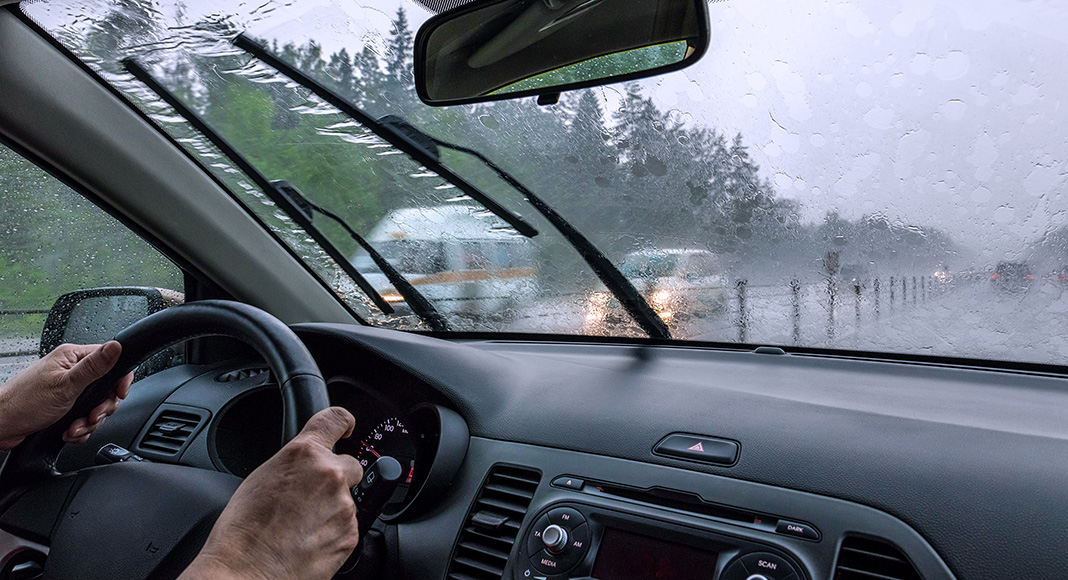Moderate to heavy rain affects a vehicle safety system’s ability to “see”, which may result in performance issues, according to new research from AAA.
The AAA simulated rainfall and found that test vehicles equipped with automatic emergency braking traveling at 35 mph collided with a stopped vehicle one third (33 percent) of the time. Lane keeping assistance didn’t fare any better with test vehicles departing their lane 69 percent of the time.
Vehicle safety systems, also known as advanced driver assistance systems or ADAS, are typically evaluated in ideal operating conditions but the AAA has called for testing standards to incorporate “real-world conditions” that drivers would normally encounter.
“Vehicle safety systems rely on sensors and cameras to see road markings, other cars, pedestrians and roadway obstacles. So naturally, they are more vulnerable to environmental factors like rain,” said Greg Brannon, AAA’s director of automotive engineering and industry relations.
“The reality is people aren’t always driving around in perfect, sunny weather so we must expand testing and take into consideration things people actually contend with in their day-to-day driving.”



















